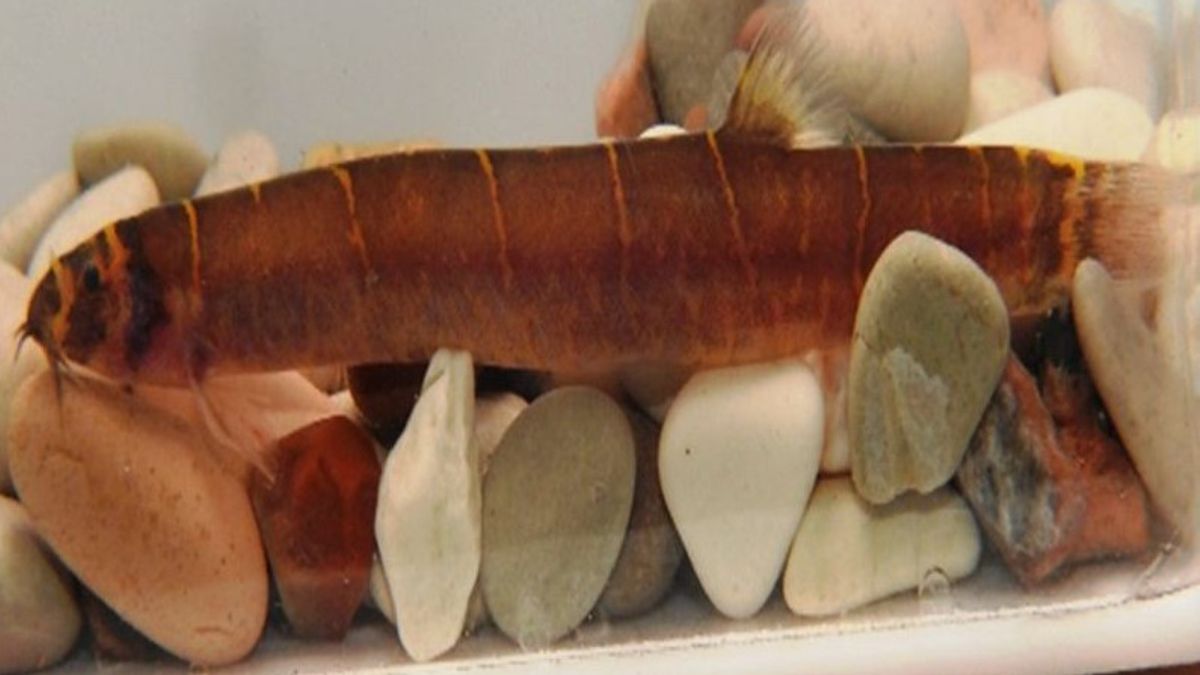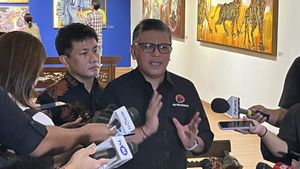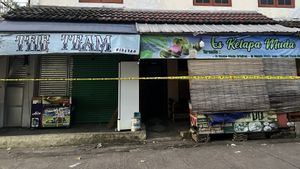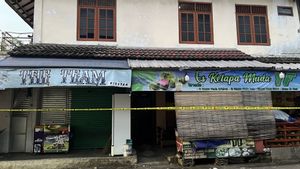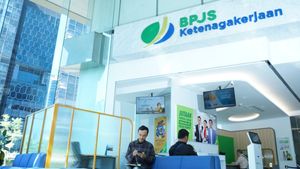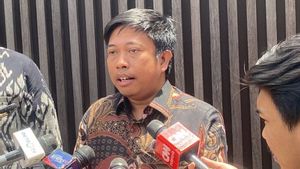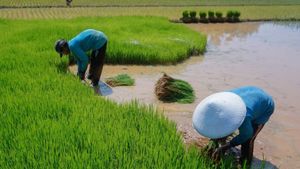JAKARTA - Senior Manager of the Terrestrial Program of the Nusantara Nature Conservation Foundation (YKAN) Niel Makinuddin said the findings of rare fish by a number of researchers in Berau Regency, East Kalimantan (Kaltim), became a recommendation for protection policies for stakeholders.
"The results of this study are a policy recommendation to save endemic species, especially those that are already endangered, as well as strengthen the implementation of East Kalimantan Green Growth Compact (GGC)," Niel said in Samarinda, Tuesday.
Previously, a number of joint researchers from Gajah Mada University (UGM) and YKAN conducted research on the biodiversity of freshwater biota in Muara Siran and Kelay River, Berau Regency, in 2023.
In the research, a type of fish with the local name Atuk Sembelung (Pangio alternans) was also found, Kalimantan endemic fish with endangered status in the Kelay River.
Sampling is carried out using the purpositive sampling method either through passive or active arrests for 10 days.
In the type of passive arrest, researchers use traps to sample. While the type of active arrest, researchers immediately took samples using various fishing gear.
The results of this study were then exposed through socialization that presented stakeholders starting from the East Kalimantan Maritime Affairs and Fisheries Service (DKP), Berau Regency Government, and Kelay District, Muara Siran Village Government, representatives of development partners, and related Regional Apparatus Organizations (OPD).
The socialization, which also presented research representatives, namely Donan Satria Yudha, a lecturer at the Faculty of Biology UGM Yogyakarta, was held in Samarinda on May 7, 2024.
In addition to finding the endangered Atuk Sembelung fish, researchers also found a vulnerable fish, namely the Atuk Bensong fish (Barbodes Bunau).
According to previous research data (Daniels, 2020), Atuk Sembelung fish can usually be found in the central part of the Mahakam Watershed (DAS), in a peat river that flows into the Mahakam River.
"The results of this research are the first step in documenting the wealth of the marine ecosystem biota in East Kalimantan," said Niel Makinuddin.
He explained that freshwater biota are often separated from the conservation chain, because most people are used to finding in the market and easy access to freshwater waters.
In fact, according to Niel, the topography of the island of Kalimantan, which is surrounded by many rivers and large lakes, is the paradise of fresh water biota.
"East Kalimantan is an area endowed with various biodiversity, let's start by recognizing what is still there, so that the results of this exposed research are the first steps for all parties to be grateful and protect the gifts given so as not to become extinct," said Niel.
SEE ALSO:
The English, Chinese, Japanese, Arabic, and French versions are automatically generated by the AI. So there may still be inaccuracies in translating, please always see Indonesian as our main language. (system supported by DigitalSiber.id)
Most Popular Tags
#Prabowo Subianto #New Year #airplane accident #Hasto Kristiyanto #nataru #squid game 2Popular
05 Januari 2025, 08:02
05 Januari 2025, 06:13
